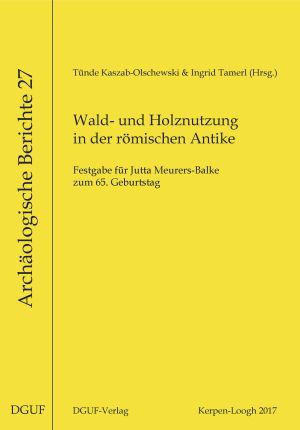Fischer, Thomas
Die römische Besiedlung im Umland der antiken Tuffbergwerke am Laacher See-Vulkan
On the Rhine, north of the Moselle, Caesar's troops found a fertile basin with farmsteads and a flourishing millstone trade. The Germanic occupation and the urbanisation policy of Emperor Augustus meant, among other things, the beginning of stone building in Germany. In particular, the tuff deposits around the Laacher See volcano became the focus of Roman builders. An ancient industrial landscape had already developed here in early Roman times, and the conditions for its development were particularly favourable - high-quality volcanic rock and the Rhine port of Andernach only 5 km away.
This book deals with more than 200 Roman settlement sites and the development of society in this part of Upper Germania over a period of some 450 years. The introduction of the tuff industry and the stationing of Roman troops quickly gave rise to a prosperous, provincial Roman mixed culture. Even after serious destruction in the 3rd century, a prosperous society developed again in the advanced 4th century until the first half of the 5th century, with increasing immigration of Germanic tribes. Outstanding finds already known, such as the Nickenich niche tomb or the Kruft column, are analysed in their overall context. Archaeological finds from the 1st to the 5th centuries, mainly from graves of the early imperial period and the first half of the 2nd century, are newly presented. More than 20 water pipes, mostly of qanat construction, as well as a presumed civil miners' settlement shed light on the characteristics of rural settlement in the area of the Roman tuff mines.








